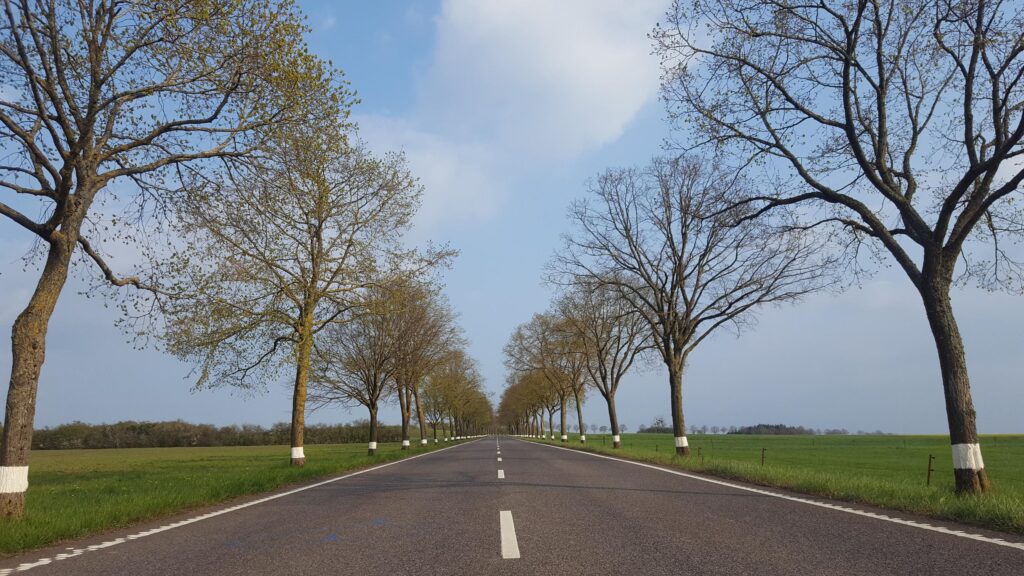One of the most important things children want to know is if things are safe where they are.
Adults are no different.
It’s something I regularly observe in training when participants hesitate to speak up, wait for others to speak first, hesitate to show their work, or search for ways to know for sure that what they do is the right thing to do.
They stay in the defensive, close down, search for ways to say what’s expected from them. They only participate as much as necessary or where it feels safe for them.
Participants need do hear, see, and experience that the space they are in is safe.
Once they’ve experienced a sense of safety they need to know what they can do. They look for permission. The permission to speak up, to experiment, or to participate in the way they want to. The permissions are there for them to find a way to contribute and bring value to the cohort as well as themselves. It is there to be able to do something different, something they can be proud of.
It’s only when protection and permission have been clarified, that the participants will develop their potency. It’s the third element they need to gain awareness of the possibility they have to level up and be totally present in training.
Once the three, Protection, Permission, and Potency are established the participants have all the tools they need to unleash their power to create.
It’s the trainer’s or leader’s task to establish the ground and help participants see the available protection and permission. But it’s not their exclusive obligation. In contrast to children, adults can take a co-responsibility to stay aware of the protection and permission they need. They are the ones who know best what their potency needs to show up.
It’s a joint work where the trainer takes the lead and pays continuous attention to the existing space and how it feels. The trainer’s power to create lies also in his ability to liberate motivation in others.
They start by verifying how they can activate the 3Ps for themselves.

